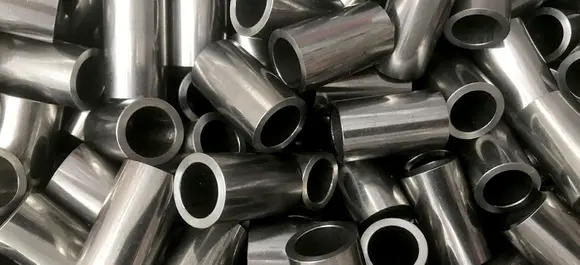Mobile:+86-311-808-126-83
Email:info@ydcastings.com
impeller in submersible pump
The Role of the Impeller in Submersible Pumps
Submersible pumps are an essential component in a wide array of applications, ranging from groundwater extraction to wastewater management. One critical element that determines the efficiency and effectiveness of these pumps is the impeller. This article aims to explore the design, function, and importance of the impeller in submersible pumps.
Understanding Submersible Pumps
Before delving into the impeller, it's vital to understand what submersible pumps are and how they work. Submersible pumps are designed to be submerged in the fluid they pump, whether it's water, sewage, or other liquids. Unlike traditional pumps, which are located above the liquid source, submersible pumps operate below the surface, allowing for more effective fluid movement.
The operating mechanism of a submersible pump involves drawing fluid into the pump through an intake screen, where it is then pushed out through a discharge pipe. This process is primarily powered by the impeller, a rotating component that transfers energy to the fluid.
The Function of the Impeller
The impeller’s primary function is to impart centrifugal force to the fluid, lifting it from deeper sources to the surface. As the impeller rotates, it creates a low-pressure area at the center of the suction inlet, allowing fluid to flow in. The impeller then accelerates this fluid outward, converting the rotational energy into kinetic energy, which is crucial for moving the fluid through the discharge pipe.
Different types of impellers can be used depending on the application of the pump. For instance, open impellers, which have blades without a shroud, are often used in applications where the fluid contains solids. Closed impellers, on the other hand, are more efficient for pumping clean liquids, as they prevent leakage and maintain a tighter seal.
Impeller Design Considerations
impeller in submersible pump

Designing an effective impeller requires careful consideration of various factors. These include the pump's intended application, the type of fluid being pumped, the required flow rate, and the efficiency levels desired. The size, shape, and material of the impeller are crucial components that can significantly influence the pump's performance.
1. Size and Shape The diameter of the impeller impacts the flow rate and pressure generated by the pump. A larger impeller can provide higher flow rates but may require more power. The shape of the blades also plays a crucial role in determining the pump's efficiency and ability to handle specific fluid types.
2. Material Selection The material used for constructing the impeller can vary based on the application. Common materials include stainless steel, bronze, and various plastics. Each material has its advantages and weaknesses in terms of corrosion resistance, durability, and weight, which must be evaluated based on the specific pumping environment.
3. Efficiency An efficient impeller design can lead to significant energy savings and reduced operational costs. Impeller designs that reduce turbulence and cavitation—phenomena that can diminish pump performance—are highly desirable. The efficiency of the impeller directly affects the overall efficiency of the submersible pump, making it a critical design element.
Importance of the Impeller in Submersible Pumps
The importance of the impeller in submersible pumps cannot be overstated. It largely determines the pump's overall performance, including its ability to process different types of fluids at varying depths. An effective impeller ensures that the pump can operate efficiently, leading to lower energy consumption, reduced wear and tear on components, and longer service life for the pump itself.
Furthermore, the impeller’s design can enhance the pump’s capability to manage solids and other suspended materials, which is particularly important in wastewater applications. A well-designed impeller can minimize clogging and ensure smooth operation even under challenging conditions.
Conclusion
The impeller is a vital component of submersible pumps, playing a critical role in their functionality and efficiency. Through careful design and material selection, the impeller can significantly impact the performance of the pump, ensuring that it meets the demands of various industrial, municipal, and residential applications. Understanding the intricacies of impeller design can help engineers and technicians optimize pump performance, leading to cost-effective and reliable pumping solutions. As the demand for efficient water management systems continues to grow, the importance of the impeller in submersible pumps will remain a key focus in engineering and design.
-
Why Should You Invest in Superior Pump Castings for Your Equipment?NewsJun.09,2025
-
Unlock Performance Potential with Stainless Impellers and Aluminum End CapsNewsJun.09,2025
-
Revolutionize Your Machinery with Superior Cast Iron and Aluminum ComponentsNewsJun.09,2025
-
Revolutionize Fluid Dynamics with Premium Pump ComponentsNewsJun.09,2025
-
Optimizing Industrial Systems with Essential Valve ComponentsNewsJun.09,2025
-
Elevate Grid Efficiency with High-Precision Power CastingsNewsJun.09,2025











